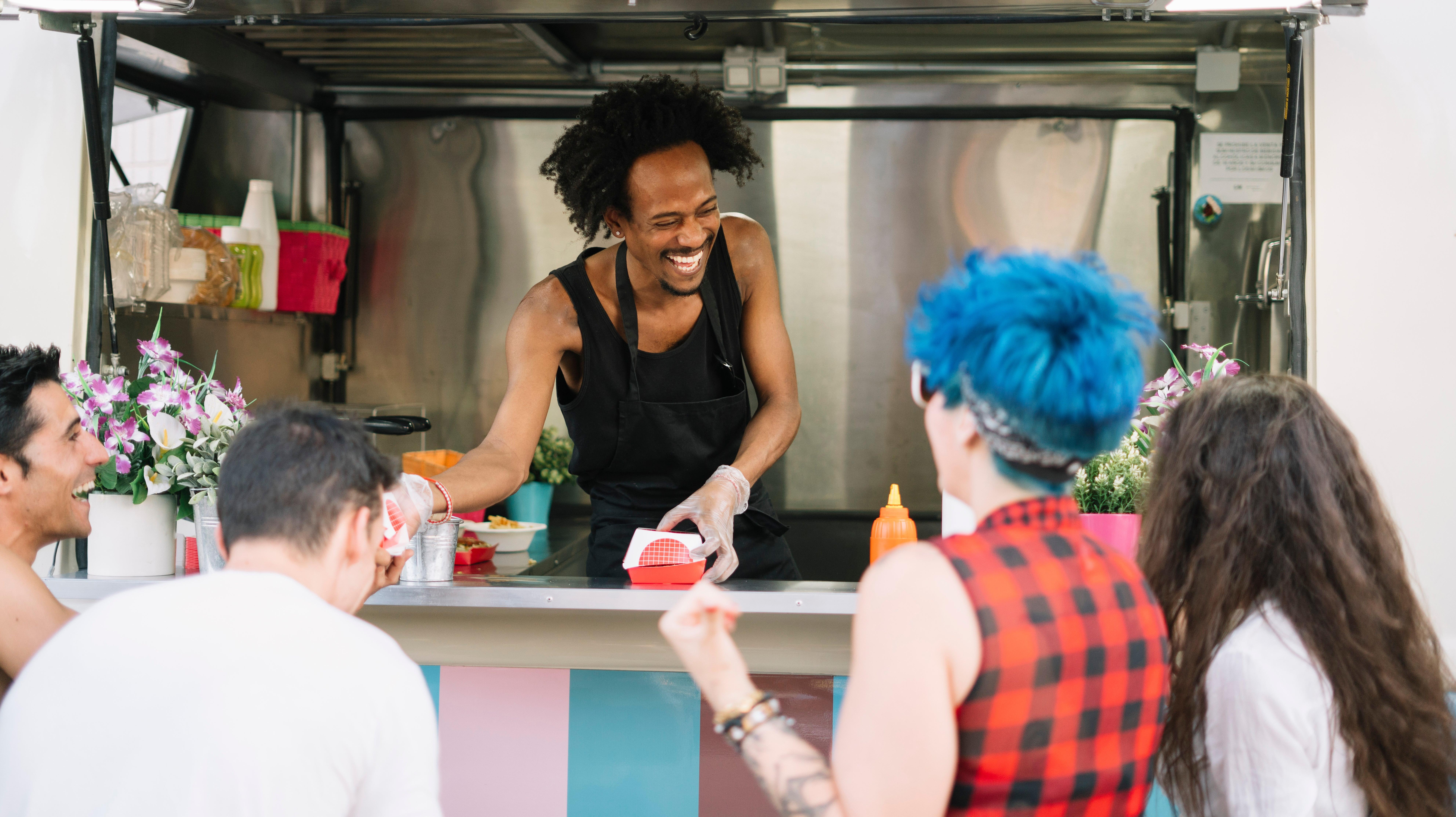What It's Really Like To Sell Food At A Music Festival
There’s a reason why the food and drinks are so expensive.
I recently attended Sueños Music Festival in Chicago, the city's first-ever two-day Latin reggaeton festival, which had incredible music, vibes, food, and drink. However, the two latter had me checking my bank account for overdraft charges.
Between drinks that cost minimally $15, $21 for the more expensive sip, and food that cost at least $15 for a decent portion, I could only assume that the food vendors attending the festival were raking in big money. Turns out, that's not necessarily the case.
Vendors don’t keep all the profit
There's a reason the food and drink prices are astronomical, and it's not just the vendors trying to squeeze you for all you've got.
"[Foods] are marked up higher because the organizers of the event will take a cut of whatever you sell at the event," explains Jessica Perjes, co-owner of Tacotlan, a Chicago Mexican restaurant that sold food at Sueños Festival. The cut that festival organizers take from vendors varies based on the size of the event. For example, in an article from Inc., a food truck owner said organizers of the music festival Bonnaroo took a 30% cut.
This was Tacotlan's first time ever participating in a festival. The restaurant offered quesabirria tacos (something it's famous for) for $20, birria fries for $15, carne asada fries for $18, and birria jibaritos for $16.
As someone who attended the festival, I can attest those prices aren't even the highest I saw, but they're needed to offset all that goes into being a vendor at a festival. Perjes says, "We brought our own fridge so that we can have easy access to everything, a deep fryer, three griddles, a table as a prep station, a small freezer, a heat lamp to keep the fries hot, and water, snacks, chairs and coolers for our staff."
In addition to traveling with big, heavy equipment a fair amount of prep work goes into making sure the food quality doesn't suffer. Perjes cites ensuring the food stays at the right temperature in transit as the biggest challenge to being a vendor at an outdoor festival.
What do vendors get out of selling at music festivals?
Brand awareness was the biggest incentive for the restaurant to be a vendor at the festival, Perjes says. Considering a reported 45,000 people were in attendance at this particular festival, it makes sense that it would be seen as a prime marketing opportunity.
On top of the number of people in attendance, an outdoor festival creates an environment where people can't help but notice the smells of delicious food as they walk by and are inclined to buy. Truckster estimates that most food vendors at festivals can expect to make around 5% of the total attendance.
Perjes adds that the restaurant closed on Sunday (the second day of the festival) in order for more staff to help with the festival. For smaller businesses that do not have a large staff that can be split between the festival and the actual restaurant, this is a decision that factors in whether or not a festival is worth it. While Perjes didn't share whether or not this move was financially beneficial, she emphasized the notion that getting the restaurant name out there was a priority.
In the end, what restaurants gain from attending festivals isn't money. They gain exposure and the possibility that when the weekend festivities are over you'll remember that incredible plate of nachos or those street tacos you had and want to dine in.
